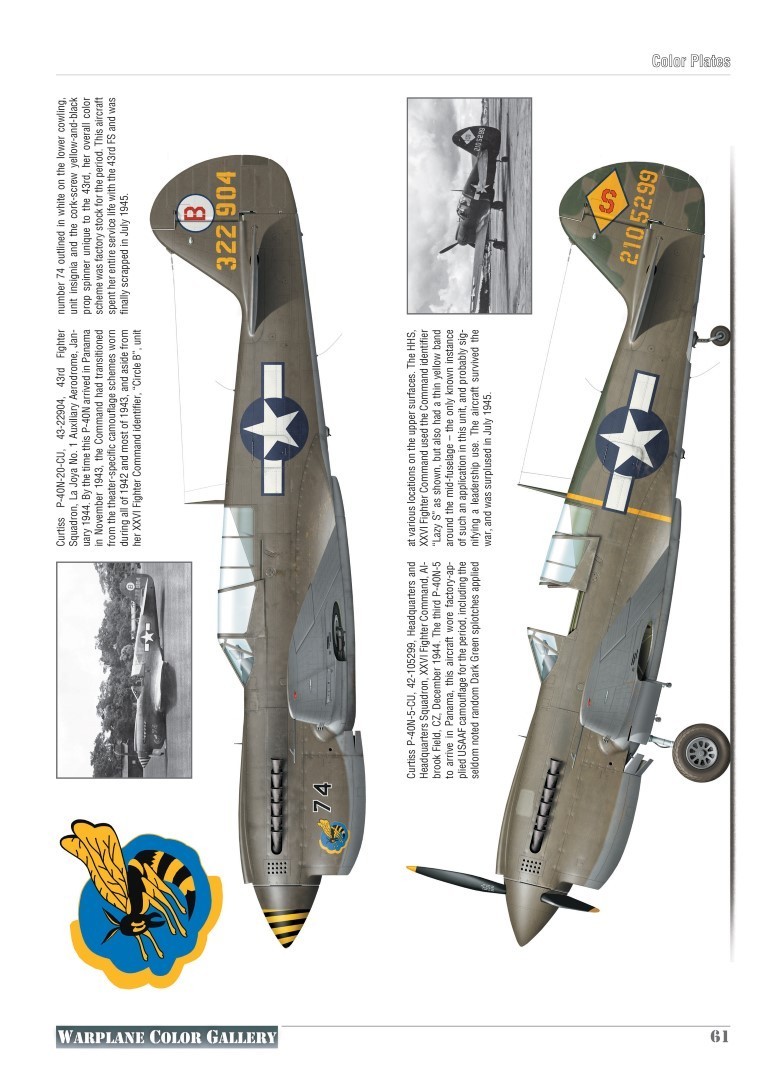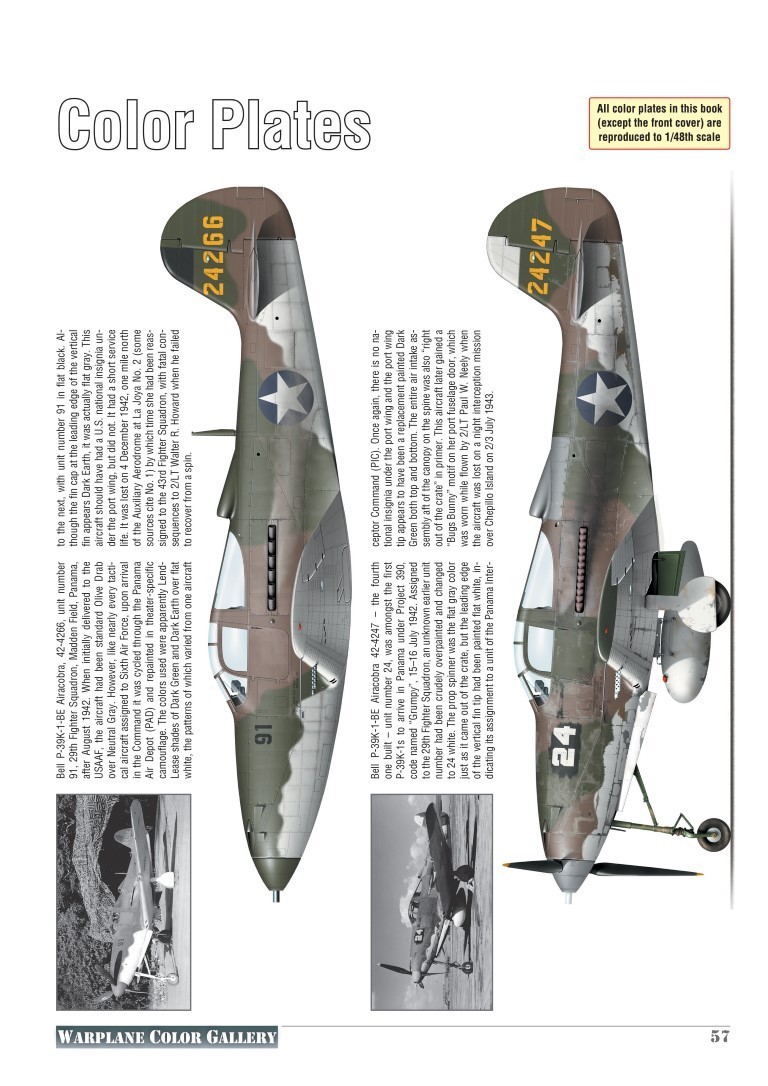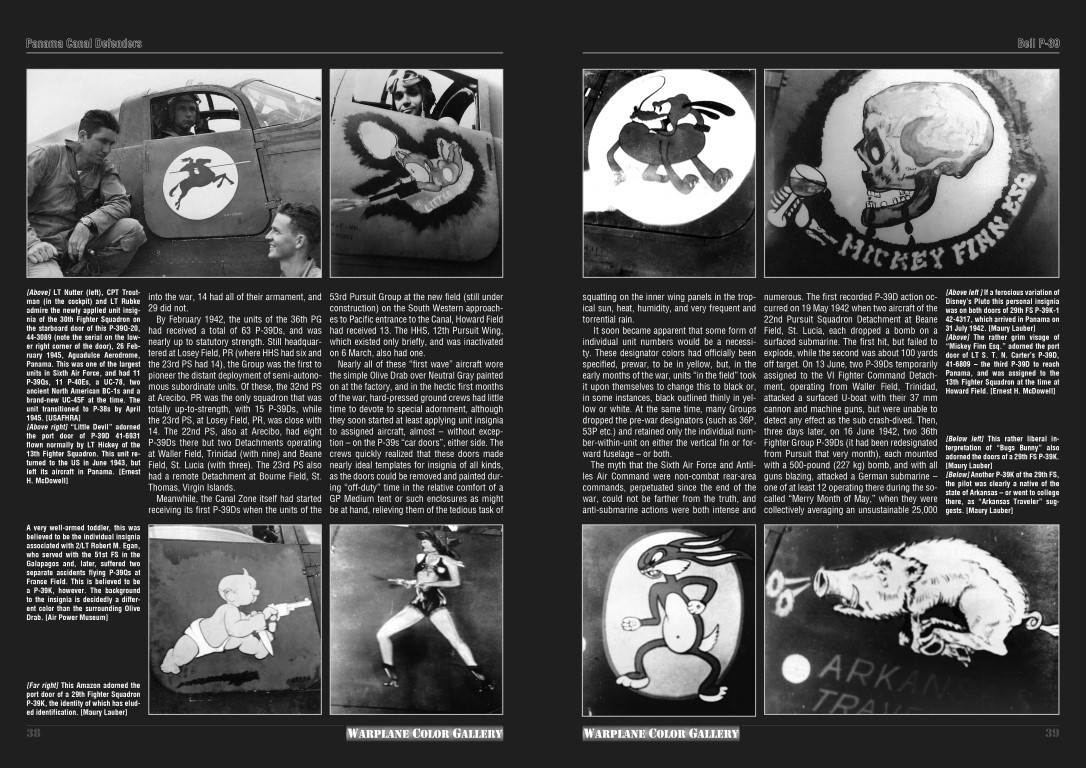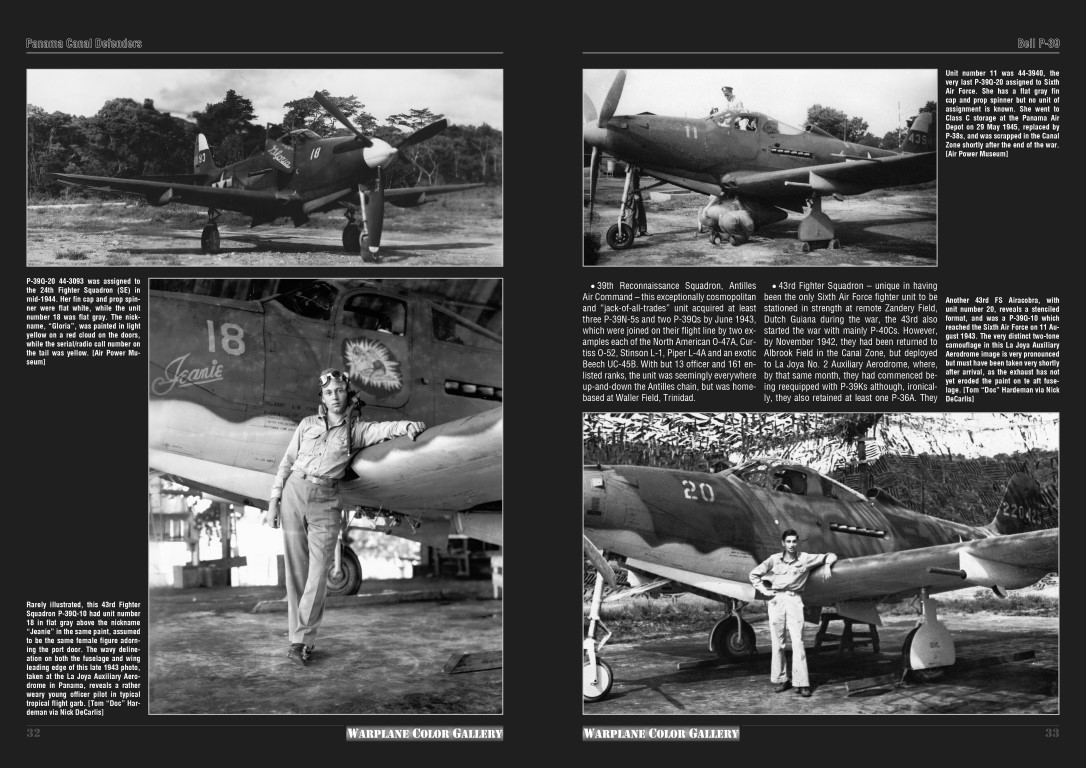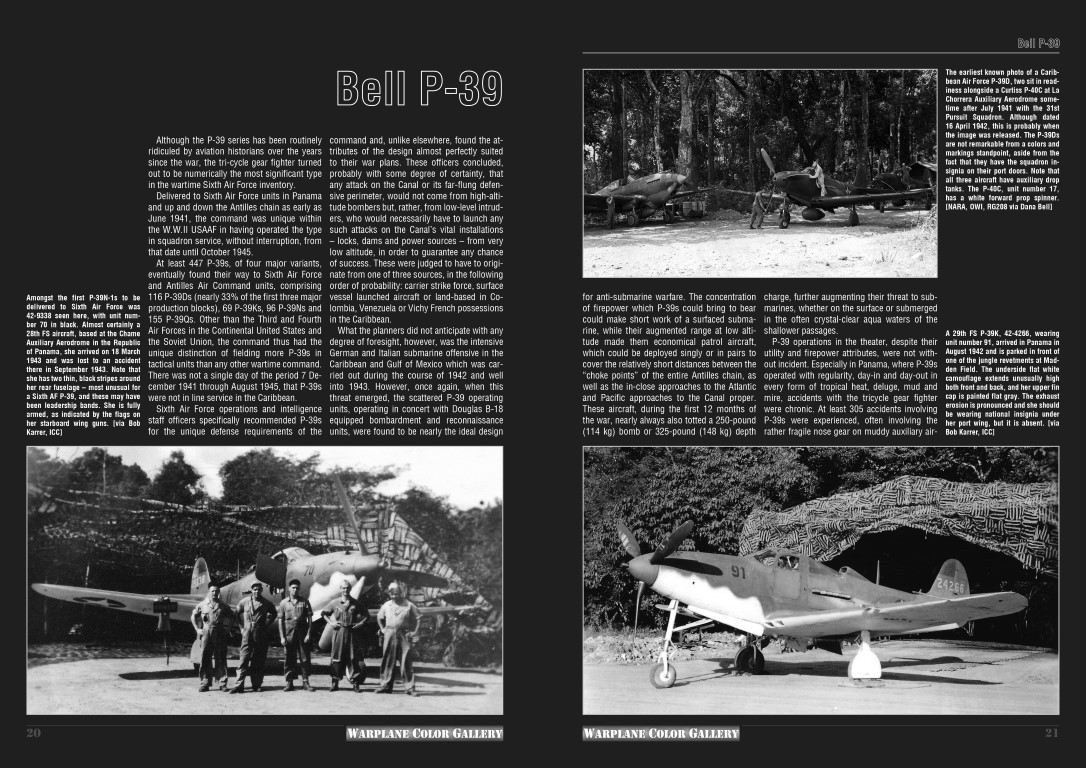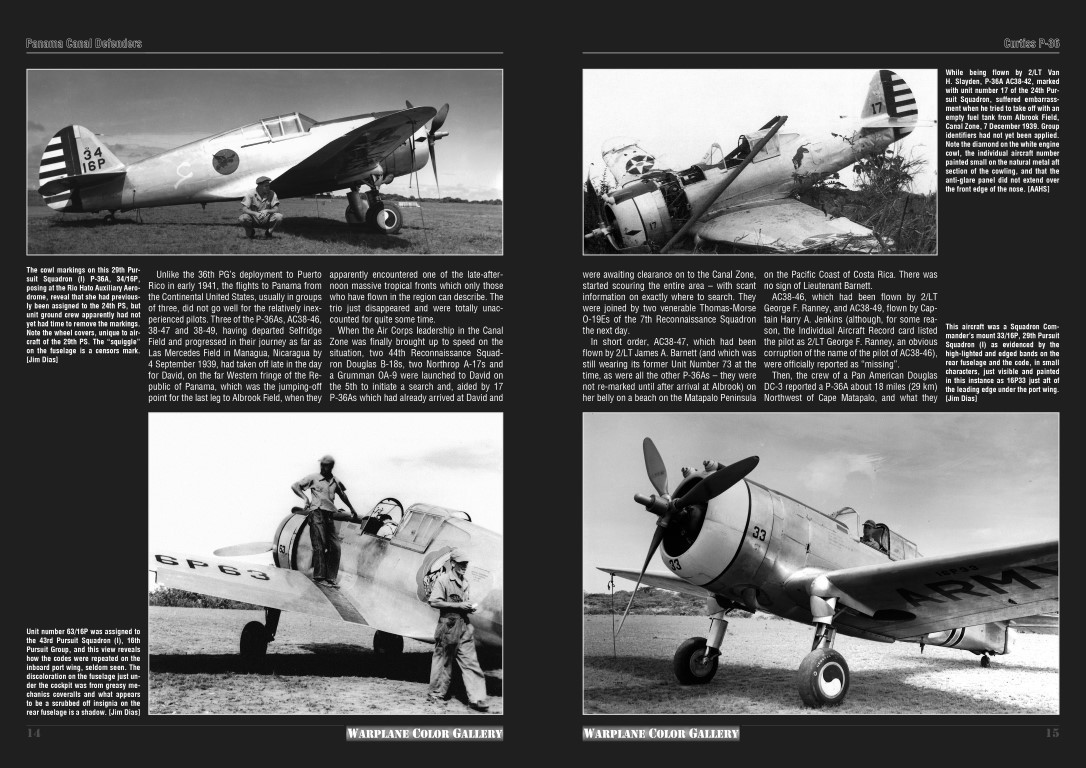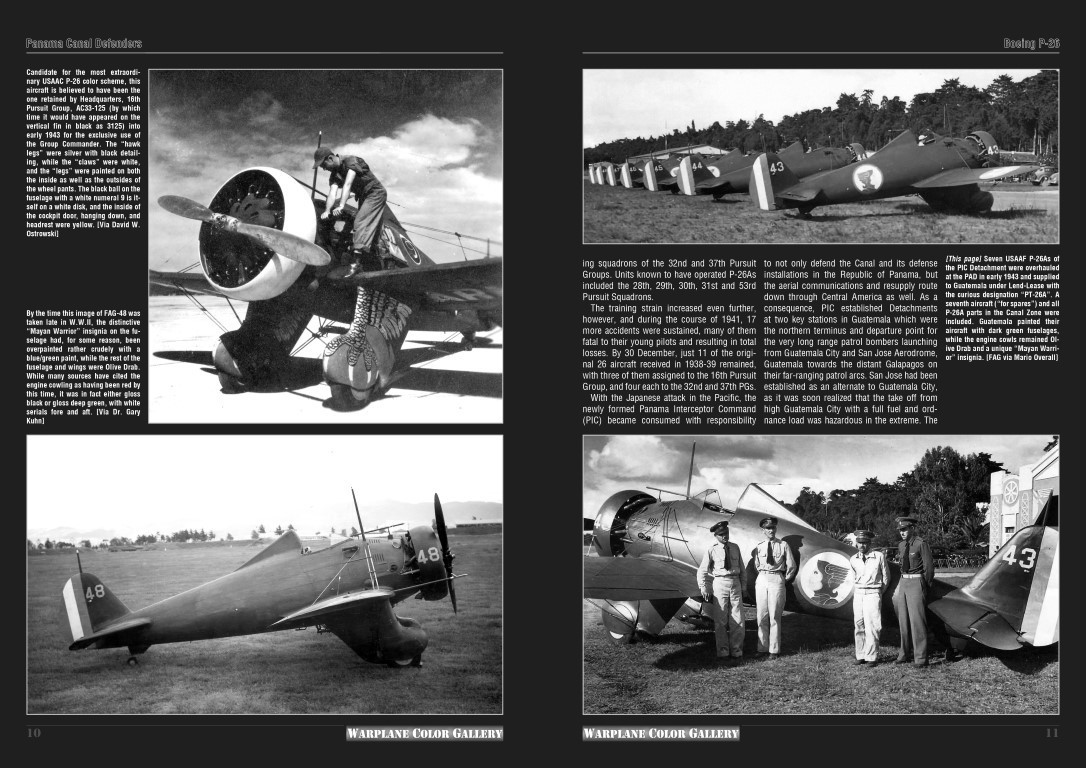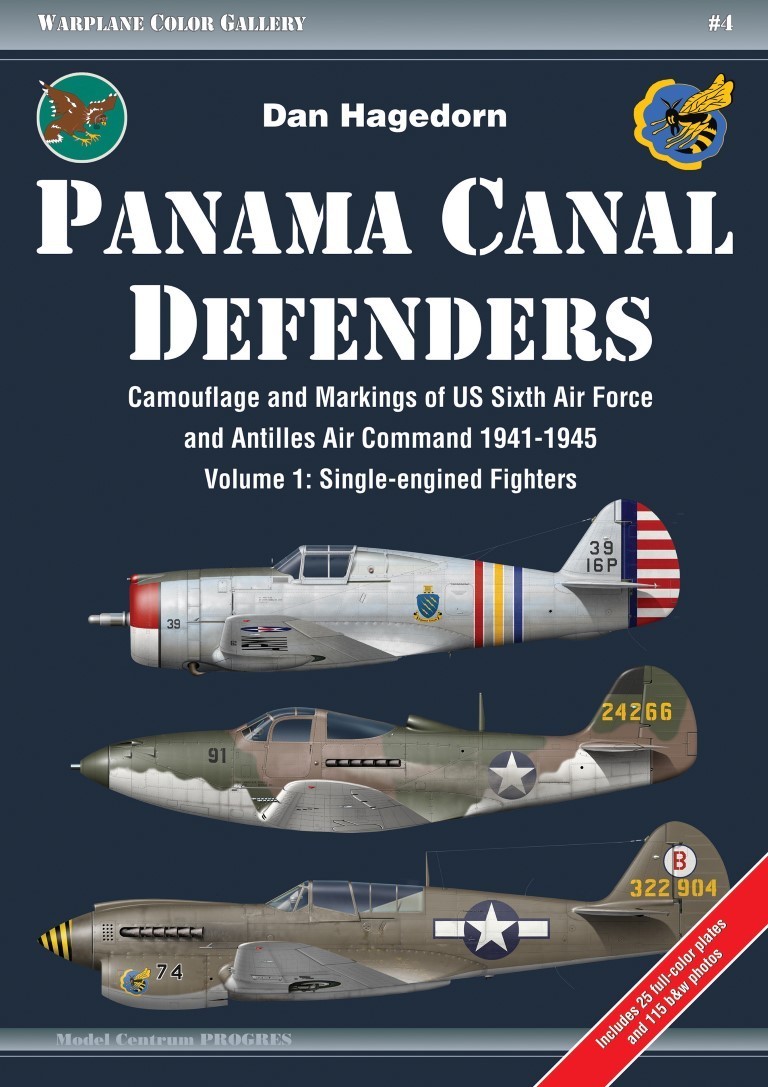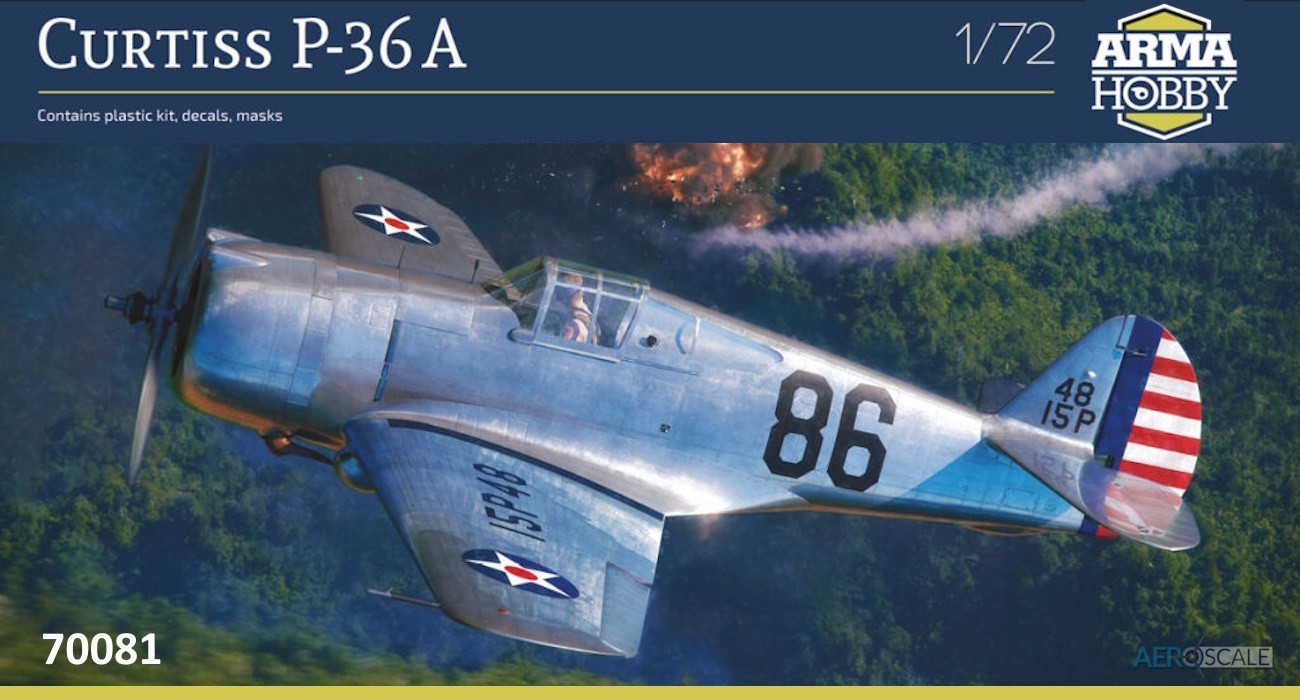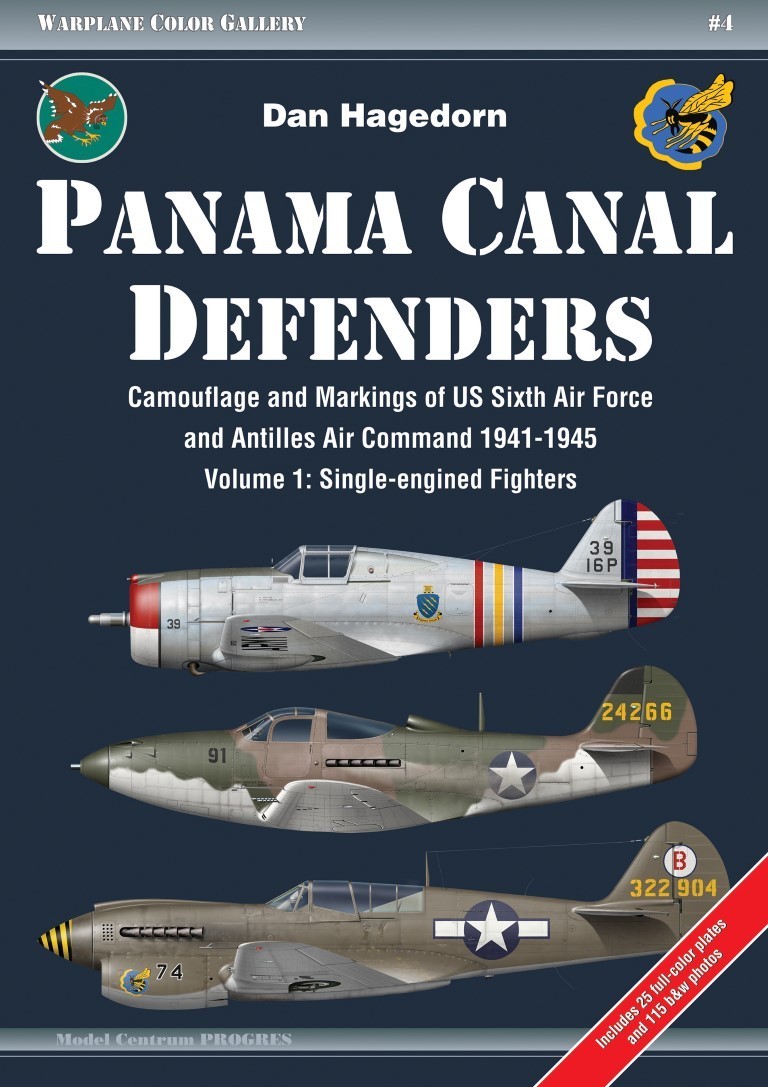
PANAMA CANAL DEFENDERS
Camouflage and Markings of US Sixth Air Force
and Antilles Air Command 1941-1945
Volume 1: Single-engined Fighters
The culmination of more than 50-years research, this first volume in a multi-
volume set describes in detail, for the first time, the extraordinary array of classic
aircraft that deployed to defend the vital Panama Canal and its approaches during
World War II. Unlike their combat brethren in the European and Pacific theaters,
the units, aircraft and airmen of the Sixth Air Force – often cited as the “Forgotten
Air Force” – have been all but ignored in the vast body of literature that has been
published since the war. While primarily charged with defending the vital Canal
which, during the first year of America’s war was viewed as almost certainly the
next obvious target of Axis aggression from both the Atlantic and Pacific
approaches, the tropical warriors were also plunged into the shooting war that soon
saw German and Italian submarines rampaging through the Caribbean. During the
first 18 months following Pearl Harbor, unbeknownst to the average Allied citizen
on the home front, the submarine offensive nearly severed the vital oil lifeline from
the Maracaibo, Venezuela fields, and the equally priority bauxite mines in
Surinam, a mineral needed to make aluminum. More than 330 surface vessels were
sunk in the Caribbean and its approaches during that period, and the aircraft and
units of the Sixth Air Force and a regional offshoot, the Antilles Air Command,
created to deal specifically with the submarine menace, saw hitherto
undocumented combat in one-on-one actions that have eluded historians. Faced
with defending a huge geographic region, stretching from Atkinson Field, British
Guyana on the east, up through the entire Antilles chain to Cuba, west through the
Caribbean to the Canal itself, and then up and down the Central American and
mainland South American landmass from Guatemala City to Talara, Peru and
Salinas, Ecuador – the extremely dispersed units of Sixth Air Force anchored their
western defenses in the remote and mysterious Galapagos Islands, far to the
west. The defenders of the Canal soon realized that this vast and largely over-water
operating area demanded camouflage for its aircraft that the standard, prescribed
USAAF mix did not provide. As a result, for the first two full years of the war,
Sixth Air Force leaders evolved markings unique within the Army Air Forces and,
for the first time, a coherent description of these often-exotic schemes are detailed
in this ground-breaking series. But besides the overall schemes applied, Sixth Air
Force and Antilles Air Command crews, nearly always operating in squadron-size
elements or smaller, saw no utility in the unit code identifiers applied to USAAF
aircraft in Europe and the Pacific, where large formations required a means of
identifying members of individual operating units. Instead, they relied upon a
system of so-called “unit numbers” and color coding of easily recognizable aircraft
components, such as prop spinners, fin tips and the individual unit numbers
themselves. The defense of the Canal was a classic instance of “point defense” as
preached at the Air Corps Tactical School at Maxwell Field during the pre-war
years, and against which many major USAAF wartime aircraft series were in fact
designed and evolved. Consequently, heavily armed variants of the oft-maligned
Bell P-39 Airacobra series predominated during the war – and the fact that they
were also found to be nearly ideal for anti-submarine surface actions, was an added
bonus. Curtiss P-40s were also issued in numbers and it wasn’t until late in the war
that the P-39s were finally withdrawn and replaced with the superb Lockheed P-38
Lightning, nearly ideal for the threat posture that proved the reality in the Caribbean.
About the Author
Dan Hagedorn, Curator and Director of Collections at The Museum of Flight at
historic Boeing Field in Seattle, Washington, is a graduate of Villa Maria
College, the State University of New York, and the Command and General Staff
College (U.S. Army, post-graduate). He was previously Adjunct Curator and
Research Team Leader at the National Air and Space Museum, Smithsonian
Institution, Washington, DC for 19 years. Prior to that, he served in the U.S.
Armed Forces for 27 years in leadership and intelligence positions worldwide
and has, to date, authored 21 monographs or books detailing various aspects of
aviation and aerospace history. In conjunction with the 150th Anniversary of the
Smithsonian Institution, he was named an Unsung Hero of the Smithsonian
Institution and was awarded the Orden Merito Santos-Dumont by the Brazilian
Government for services to Latin American aviation history, in which he specializes.
Please remember, when contacting retailers or manufacturers, to mention that you saw their products highlighted here - on AEROSCALE

